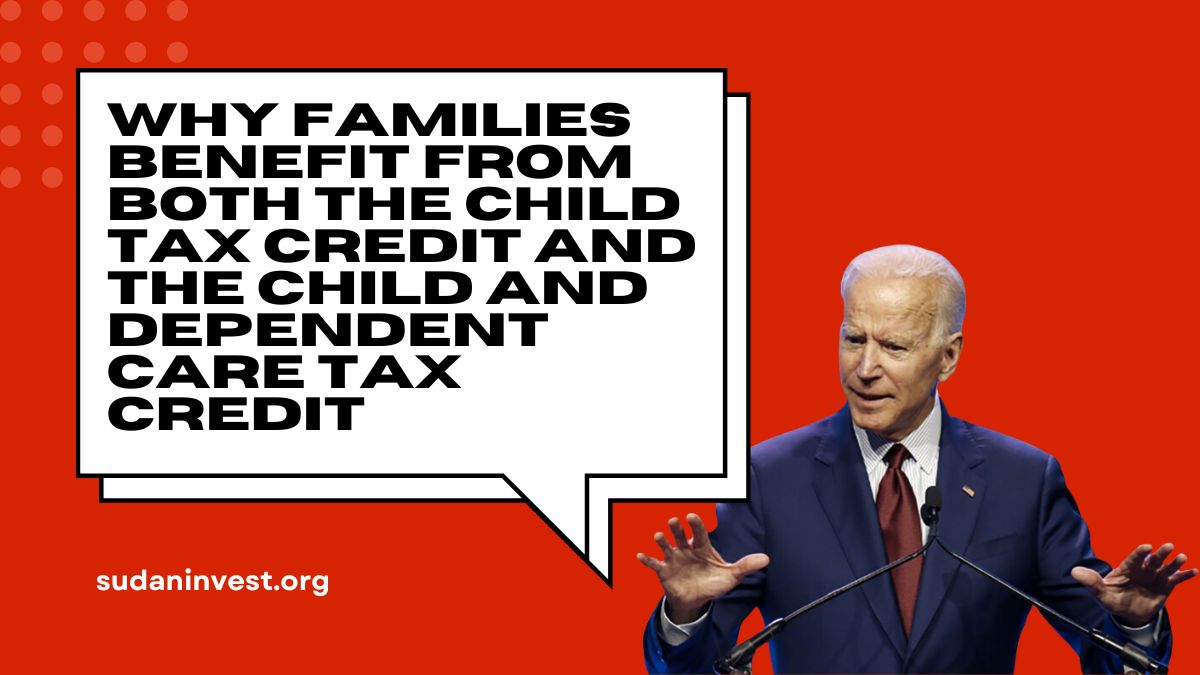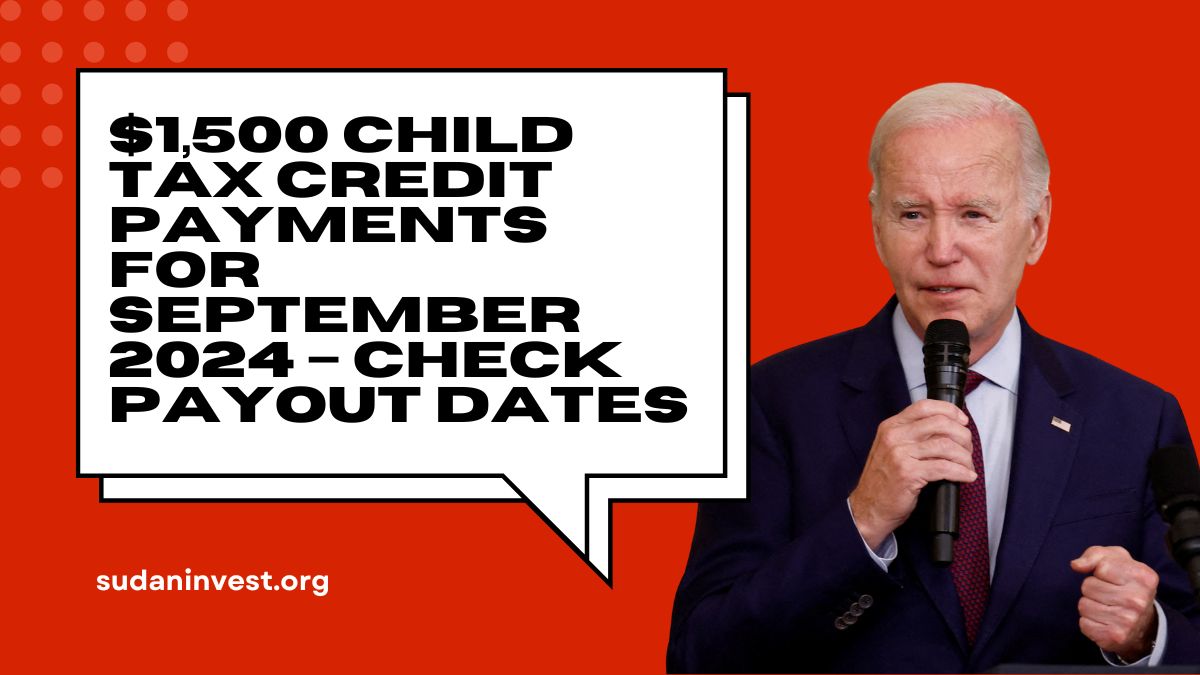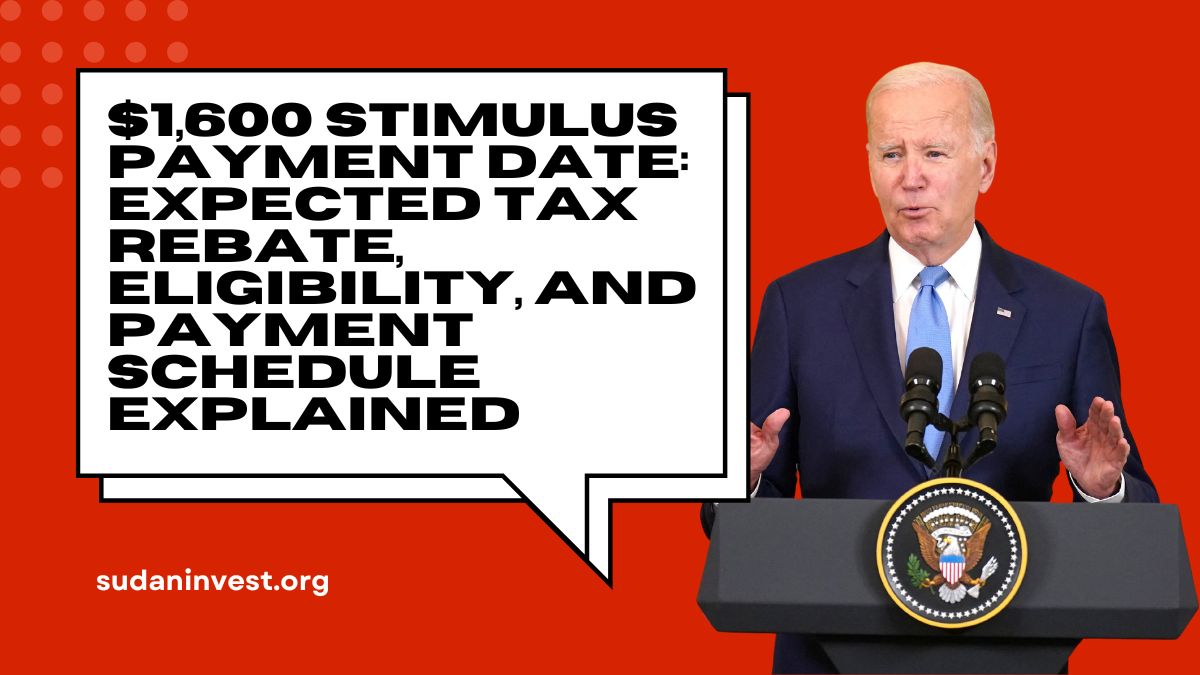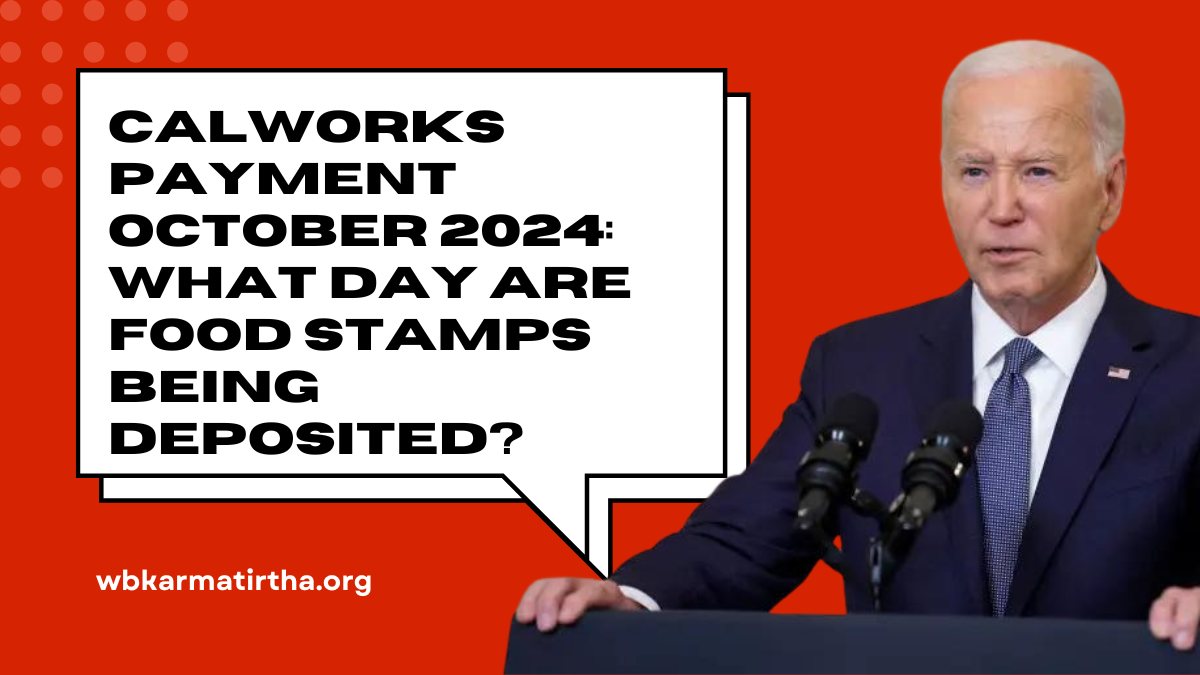The cost of raising children in the United States continues to rise, making financial support for families more critical than ever. Two essential tax benefits—the Child Tax Credit (CTC) and the Child and Dependent Care Tax Credit (CDCTC)—provide significant relief to parents, albeit in different ways.
While the CTC helps with general child-rearing expenses, the CDCTC specifically offsets childcare costs, enabling parents to work or seek employment. This article explores the differences between these credits, their eligibility criteria, and why both are crucial for supporting families.
Understanding the Child Tax Credit (CTC)
1. What is the Child Tax Credit?

The Child Tax Credit is a federal tax credit available to taxpayers with dependent children under 17 years old. It helps reduce the tax burden for families by providing up to $2,000 per qualifying child.
For 2024, the refundable portion of the credit is capped at $1,600 per child. Families with incomes below certain thresholds may receive the full credit amount, while those with higher incomes see a reduction in the credit value.
2. Eligibility Criteria for the Child Tax Credit
To qualify for the CTC, parents must meet the following conditions:
- The child must be under the age of 17 at the end of the tax year.
- The child must be a U.S. citizen, U.S. national, or U.S. resident alien.
- The child must have lived with the taxpayer for more than half the year.
- The taxpayer must have a valid Social Security number for each child.
3. Income Limits
The credit begins to phase out for individuals with adjusted gross incomes (AGIs) above $200,000 and married couples filing jointly with AGIs above $400,000. For every $1,000 over the threshold, the credit is reduced by $50.
The Child and Dependent Care Tax Credit (CDCTC)
What is the Child and Dependent Care Tax Credit?

The CDCTC is a non-refundable credit designed to help working parents or guardians offset the costs of childcare or care for dependents who cannot care for themselves. It allows families to claim 20% to 35% of up to $3,000 of care expenses for one dependent or up to $6,000 for two or more dependents.
How Does It Work?
The exact percentage of expenses that can be claimed depends on the family’s modified adjusted gross income (MAGI). For example:
- Families with a MAGI of $15,000 or less can claim 35% of their eligible expenses.
- The percentage decreases as income increases, dropping to 20% for families with a MAGI over $43,000.
Eligible Expenses
Expenses that qualify for this credit include those related to:
- Nursery schools, preschools, and daycare centers.
- Care before and after school.
- Day camps (not overnight camps).
- Care for a spouse or dependent who cannot care for themselves.
Why Families Need Both Credits

1. Complementary Benefits
While the CTC helps with the overall cost of raising children, such as food, rent, and clothing, the CDCTC specifically targets childcare expenses, making it easier for parents to work or attend school. This dual support structure is essential, given the high costs of both general child-rearing and childcare.
2. The Growing Cost of Childcare
Childcare costs in the U.S. have been outpacing inflation and are now one of the largest expenses for families, often exceeding the cost of housing and higher education. According to recent data, the average annual cost of center-based childcare is about $10,000 per child, making the CDCTC a crucial support for working families.
3. Economic Impact
Both credits play a significant role in reducing child poverty. For example, the expanded CTC during the pandemic lifted 3.7 million children out of poverty. However, the expiration of the expanded CTC in 2021 saw child poverty rates rise again, highlighting the need for a permanent expansion.
Comparison of CTC and CDCTC
| Feature | Child Tax Credit (CTC) | Child and Dependent Care Tax Credit (CDCTC) |
|---|---|---|
| Purpose | Offsets general child-rearing costs | Offsets childcare and dependent care costs |
| Maximum Credit Amount | $2,000 per child | $1,050 for one child, $2,100 for two or more children |
| Refundable Portion | Up to $1,600 | Non-refundable |
| Eligible Dependents | Children under 17 | Children under 13, disabled spouse or dependent |
| Income Phase-Out | Begins at $200,000 ($400,000 for joint filers) | No income limit, but credit percentage decreases with income |
| Eligible Expenses | General expenses like food, rent, etc. | Childcare, day camps, care for disabled dependents |
Conclusion
The Child Tax Credit and the Child and Dependent Care Tax Credit are indispensable tools for American families. As childcare costs continue to rise and economic pressures grow, these credits provide crucial support.
Expanding both credits would further reduce financial strain on families, help lift children out of poverty, and ensure that parents have the flexibility and resources to support their families.
FAQs
1. Can I claim both the Child Tax Credit and the Child and Dependent Care Tax Credit?
Yes, you can claim both credits as long as you meet the eligibility requirements for each. The CTC helps with general child-rearing costs, while the CDCTC offsets specific childcare expenses.
2. Is the Child Tax Credit refundable?
The CTC is partially refundable up to $1,600. This means you can receive a refund even if you do not owe any taxes.
3. What is the income limit for claiming the Child and Dependent Care Tax Credit?
There is no income limit for claiming the CDCTC, but the percentage of eligible expenses you can claim decreases as your income increases.
4. Can I claim the CDCTC for care provided by a family member?
You cannot claim the CDCTC for care provided by a spouse, the child’s parent, or another dependent. However, care provided by other relatives, such as a sibling, may be eligible if they are over 19 and not your dependent.
5. How does the CDCTC affect my tax refund?
The CDCTC is non-refundable, meaning it reduces the amount of tax you owe but will not result in a refund if your tax liability is reduced to zero.
References
- “Child Tax Credit 2024: Eligibility, Requirements,” NerdWallet.
- “New Child Tax Credit 2024: Will It Happen?” Kiplinger.
- “Child and Dependent Care Credit FAQs,” Internal Revenue Service.
- “Child and Dependent Care Credit Explained,” Jackson Hewitt.
- “Child and Dependent Care Credit: Definition, How to Claim,” NerdWallet.















